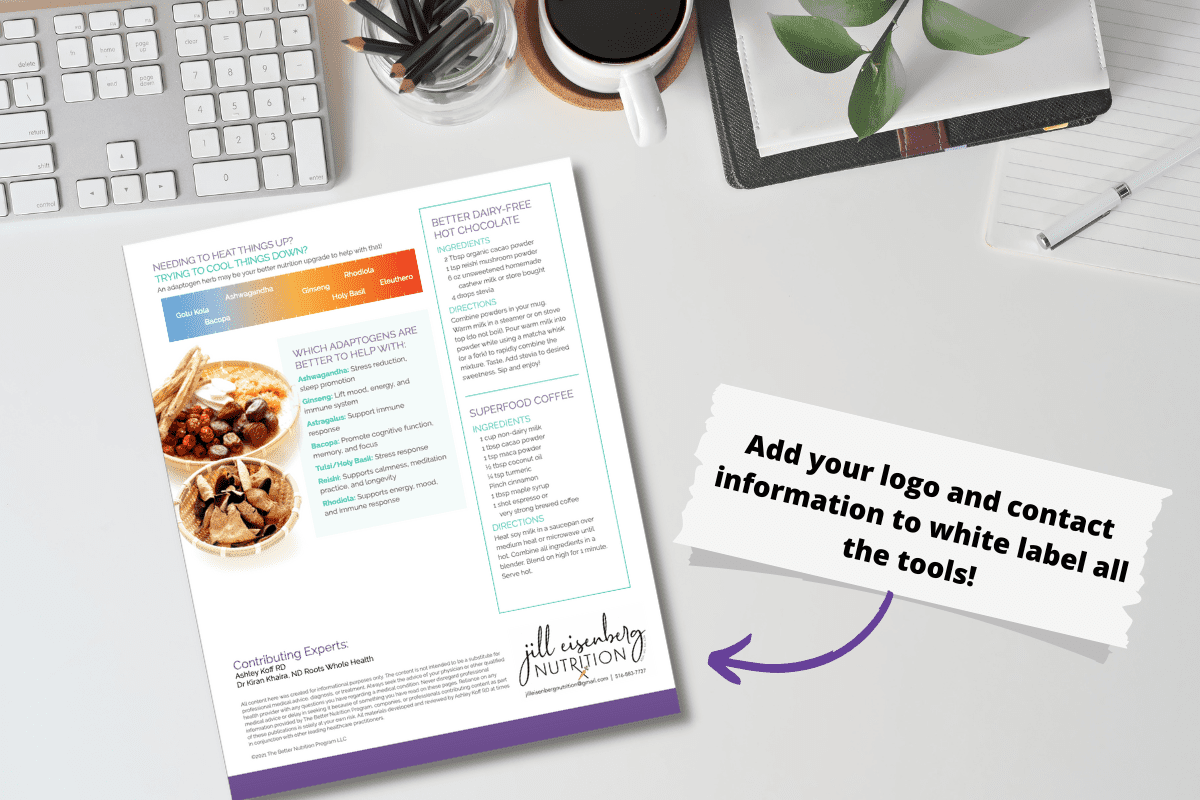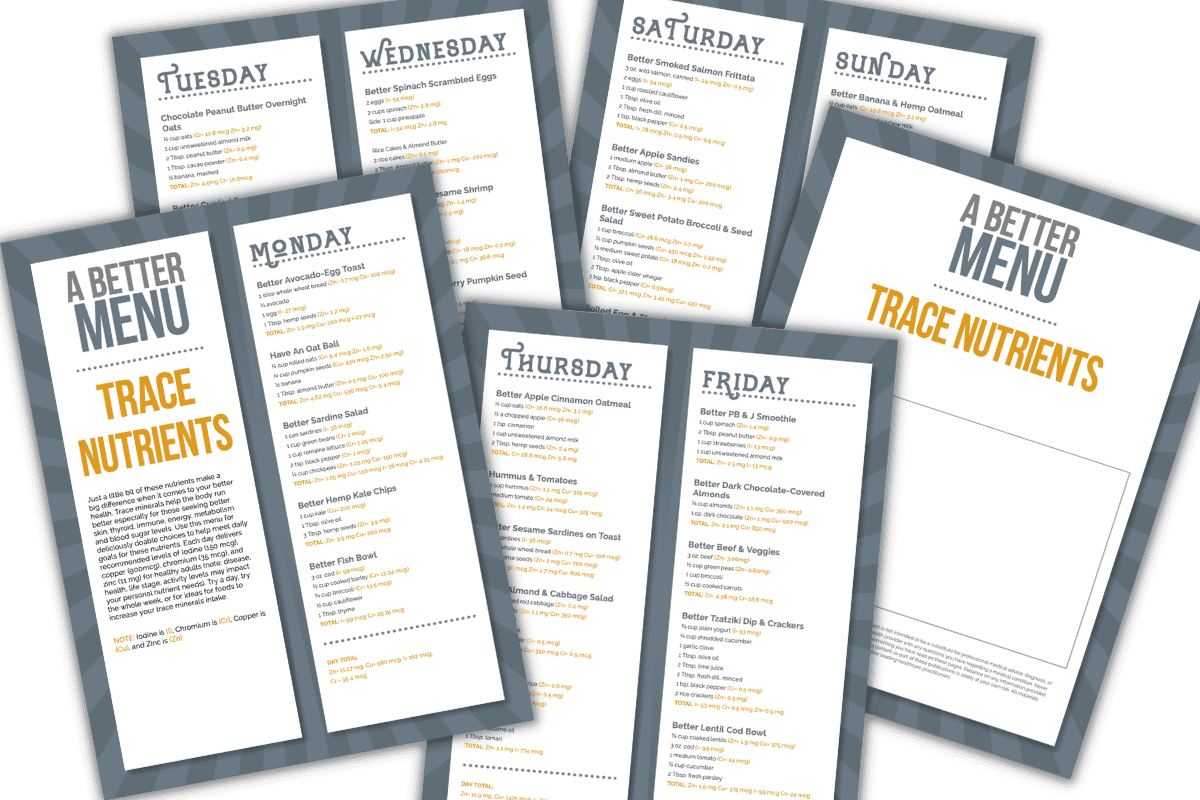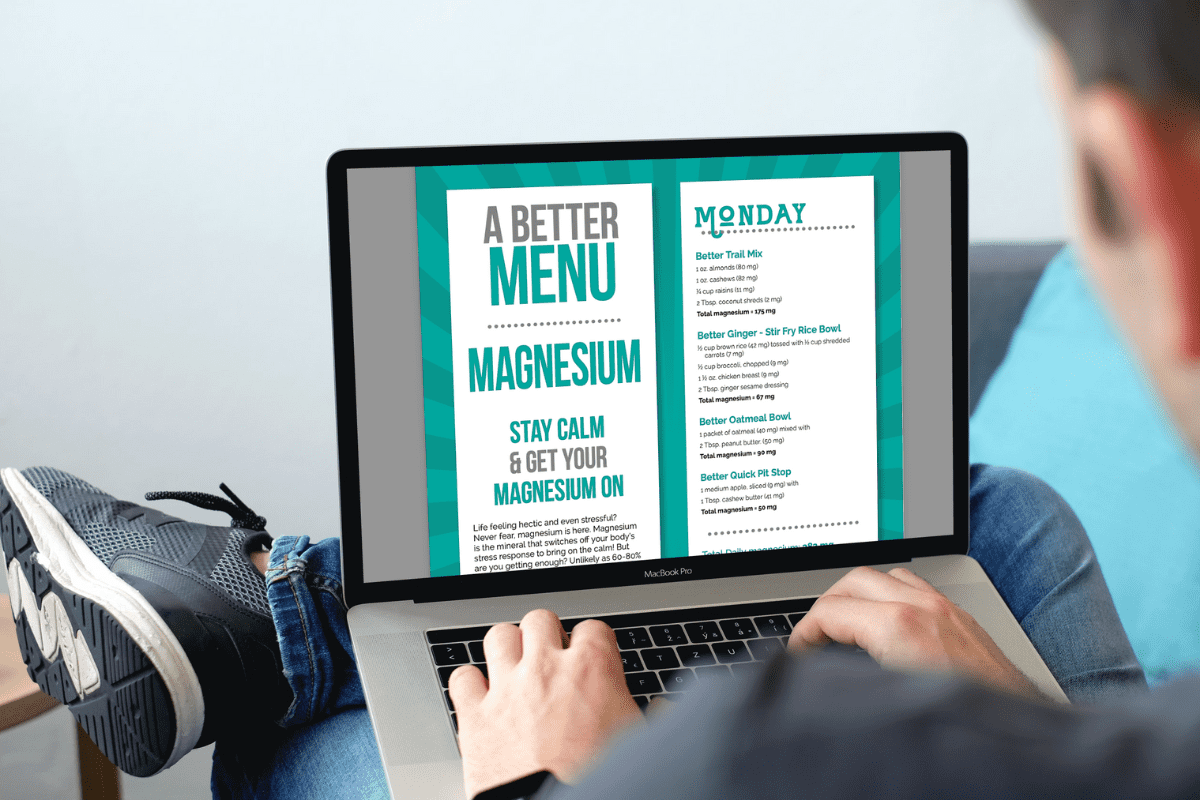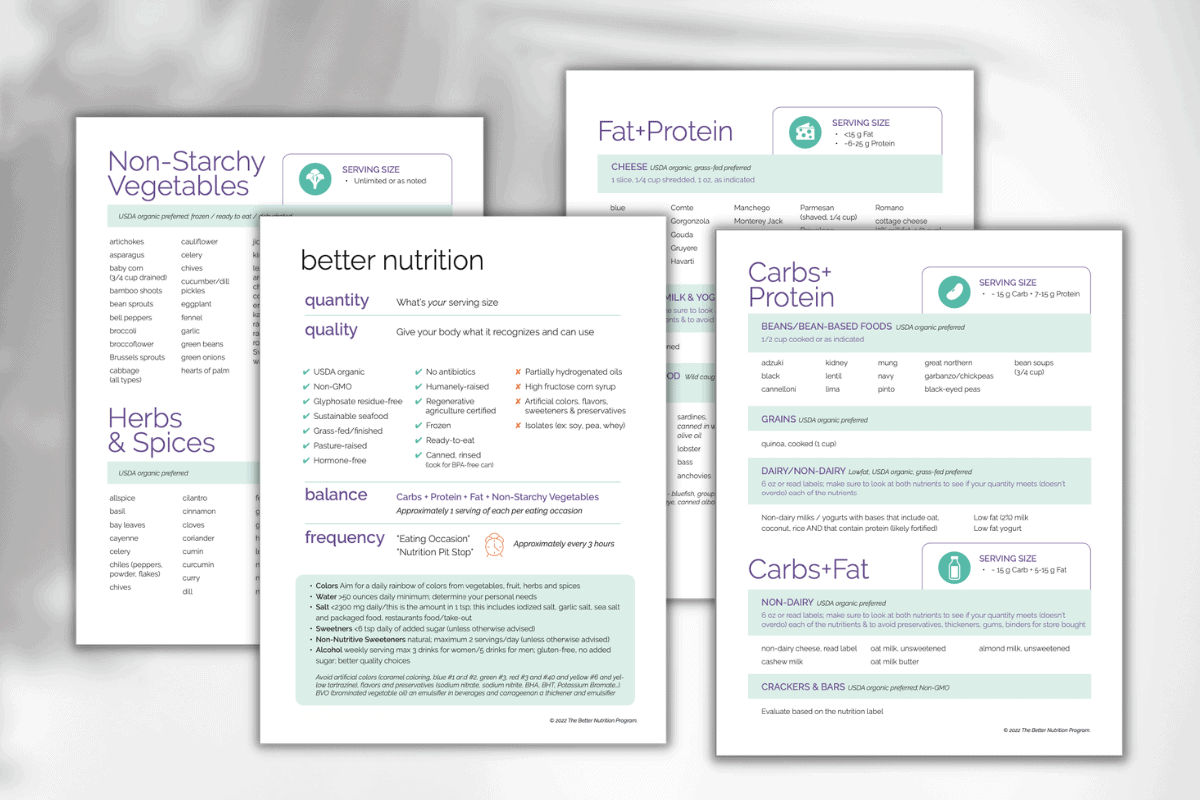You probably have heard about amino acids before, but let’s go next level and talk about branched-chain amino acids. More specifically leucine. In the better nutrition world, it’s an amino acid that stands out for its remarkable benefits.
Keep reading to learn more about it – why you need it and how to get in this powerhouse branched-chain amino acid.
What is Leucine?
Amino acids are building blocks that make up protein. Leucine is one of these building blocks. It is special in that our bodies aren’t able to make it on its own. Meaning that you have to get leucine from the food you eat, like meat, dairy, and legumes1. Or you will need to supplement to meet your body’s needs.
Leucine is also special in that it is a branched-chain amino acid (BCAA) alongside isoleucine and valine1. When our body builds proteins it uses these BCAAs to help our muscles grow, recover and get stronger3. Leucine specifically helps build and repair large, important organs like the brain, liver, kidneys, and heart. If you don’t get enough leucine in from your total nutrition – foods and supplements – your body may choose to break down muscle to get it4. If your digestion is not optimal and the leucine in your body isn’t able to get to the cells to support growth and repair, this could also occur. Your body may give you signals that it is insufficient in leucine with fatigue, impaired growth, lack of strength (in spite of training), unintentional weight loss, skin irritation, and hair loss4.
Does leucine help with building muscle?
Absolutely. As noted above, leucine supports muscles both growth and repair2. BCAAs actually account for 35% of the essential amino acids in muscle protein2. More specifically, it can help with post-workout recovery, reducing muscle breakdown, and reducing delayed-onset muscle soreness4. When combined with strength training, leucine helps to increase muscle mass 1.
Seeking to build muscle? You might want to experiment with increasing your leucine intake from food and supplements after a strenuous workout to replenish leucine levels. One study of cyclists found that taking it after a workout even enhanced their speed the next day1.
Will leucine help prevent lean body mass/muscle loss with weight loss?
Its impact on muscle growth and maintenance means that leucine helps to prevent the loss of lean body mass that can accompany intentional fat loss6. Leucine supplementation in combination with moderate energy restriction, may induce visceral fat loss while helping you maintain a high level of performance7. Leucine is also helps regulate appetite by increasing sensitivity to leptin the appetite-regulating hormone.1
For individuals initiating a weight health effort, such as diet modification(s), surgery or use of a medication like a GLP-1/GIP agonist, consider evaluating your leucine intake and optimizing it as you pursue your weight health goals.
You can read more about building lean body mass here.
Can leucine help with brain health, memory and prevent dementia?
Research indicates that insufficient levels of leucine negatively affect the nervous system8 and that optimal intake can lead to improved attention, cognitive flexibility, and psychosocial functioning10. Leucine’s main role is to regulate glutamate levels. Its efforts work to provide neurons with a constant supply of the amino acid glutamate9, while also preventing potentially toxic accumulation of high glutamate concentrations8. Glutamate is important here because it is a neurotransmitter in the brain helping nerve cells to communicate with each other.
Will leucine help me improve my blood sugar levels?
Leucine may help regulate blood sugar by enhancing insulin release and sensitivity to lower blood glucose11. As an amino acid, it helps build proteins which also work to balance carbohydrates thus promoting better blood sugar levels5.
Want to see if your leucine intake and other choices are helping your blood sugar levels? Check out our continuous glucose monitoring package here.
How do we get in leucine?
You have probably guessed that leucine is mostly found in protein-rich foods and your guess would be right. The good news for our plant-based friends is that it’s not only abundant in animal foods, there are plentiful plant sources of leucine.
- Animal Sources: salmon, whole eggs, beef, chicken, tuna.
- Plant Sources: soybeans (tofu, tempeh, edamame), lentils, chickpeas, nuts, seeds, and brown rice.
Protein powders are also another source of leucine. Especially those derived from whey because it is the protein source most abundant in leucine12. You can expect to find around 2 – 2.5 g of leucine in your average 25 g scoop of whey protein powder13, which is relatively high compared to the amount found in an L-leucine supplement at 500 mg per capsule. For reference, you would have to take 4 capsules of the L-leucine supplement at 500 mg to equal the one scoop from the whey protein powder.14.
Are you meeting your optimal protein needs? Take this personalized quiz.
Apart from optimizing your sources of leucine, you could also think about optimizing its absorption. Some nutrients may help you absorb leucine while other factors might reduce its absorption.
Proper absorption would not be possible without optimal digestive health and hydration. Nutrients that might help absorb leucine include other BCAAs and essential amino acids15. Some studies have also suggested the benefits of pairing leucine supplementation with carbohydrates, especially after a workout16.
Probiotic supplementation to support gut health was identified as an effective strategy for increasing the absorption of leucine17. You may also benefit from digestive enzymes to improve absorption of all amino acids, including leucine.
On the other hand, some factors might repress the absorption of leucine. Starting with, you guessed it, poor digestive health. If you suffer from leaky gut, or digestive conditions like Crohn’s, IBS, or food intolerances, your ability to absorb leucine is likely hindered. Certain medications can play a role in that as well. Fluoxetine for example is an antidepressant that has been found to reduce leucine absorption18. Food intolerances or preferences that would deter you from consuming animal foods including dairy or meat can have a huge impact too. It is completely possible to get your leucine intake from plant sources, but vegan or vegetarian diets might need more careful planning to ensure that those needs are met.
What are our leucine daily needs?
Your leucine needs will vary from person to person based on age, activity level, health, and ultimately your goals and conditions. Are you an athlete? Or recovering from an injury? It is also important to note that a daily recommended intake is not necessarily the optimal intake for better health.
For a healthy adult, the daily requirement for leucine is 39 mg/kg of body weight19. Again, an optimal intake might be higher at around 42 mg/kg, especially if you are an athlete or have high levels of activity to support muscle growth and recovery.
Who might want to focus on or increase intake of leucine?
Someone recovering from surgery, treatment and injury, intentionally trying to lose fat mass or focusing on building muscle may need to increase their intake of leucine. Leucine has been shown to improve strength in older adults, especially those with sarcopenia6. It might be an effective strategy to prevent muscle wasting and boost faster repair for injuries. Preserving lean muscle mass and slowing down age-related muscle loss are important strategies for promoting healthy aging. Athletes and highly active people might want to focus on their leucine intake to support muscle growth, repair, and recovery.
Here are a few recipes that can help you meet your leucine needs:
Mediterranean Lentil Soup
Ingredients:
1 cup red lentils
1/2 cup quinoa
1/2 lb ground meat (your choice)
1 onion, finely chopped
Avocado oil or coconut oil for sautéing
4 cups water or bone broth
Paprika to taste
Cilantro for garnish
Fresh lemon juice to taste
Salt and pepper to taste
Instructions:
1. Sauté the Onions: Begin by sautéing finely chopped onions in avocado oil or coconut oil until they become translucent. The addition of paprika at this stage adds depth and warmth to the soup.
2. Add Water or Broth: Pour four cups of water or bone broth into the pot, creating a flavorful base for your soup.
3. Cook the Lentils: Introduce the red lentils to the pot and patiently wait until they reach a tender perfection. Lentils, being rich in protein and fiber, contribute to heart health and sustained energy.
4. Incorporate Quinoa: Once the lentils are cooked, add the quinoa to the mix. This ancient grain complements the texture of the soup and offers a complete protein profile.
5. Blend to Smooth Perfection: Season the soup with salt and pepper, and then use a hand blender to achieve a velvety smooth consistency.
6. Add the Ground Meat: Sauté the ground meat separately and fold it into the soup, enhancing its protein content and infusing a savory element.
7. Garnish and Serve: Finish your culinary masterpiece with a generous sprinkle of fresh cilantro and a squeeze of lemon juice, elevating the flavors and bringing a burst of freshness.
Deliciously Better Protein Balls
Ingredients:
2 scoops whey protein isolate 20g protein per serving
1 scoop plant based protein 20g protein per serving; <2g carbs; >5g fiber
1/2 cup oats rolled
6-10 pieces chocolate covered peanuts, diced
1 tbsp cacao nibs or dark chocolate chips
1/4 cup hemp seeds
1/2 cup nut/seed butter blend
1/4 cup almond or cashew butter
1-2 tbsp raw organic honey or alulose or coconut syrup to taste
2-3 ounces non-dairy milk, unsweetened you should not need it but if your oil is more dry you can add
Instructions:
1. Put all the powders and oats into the bowl; then mix in nut butters, seeds and sweetener – blend with the spoon. It will seem dry! But keep blending.
2. Fold in chocolate chips & pieces.
3. Use hands or ice cream scooper to roll into balls and place on wax paper into container or on tray.
4. Refrigerate at least an hour and ENJOY!
References
1 https://www.webmd.com/diet/foods-high-in-leucine
3 https://www.sciencedirect.com/science/article/abs/pii/B9781416054764000675
4 https://jjvirgin.com/how-to-use-amino-acids-all-about-eaas-bcaas/
5 https://www.youtube.com/watch?v=wMrfkfJzUNU
6 Komar B, Schwingshackl L, Hoffmann G. Effects of leucine-rich protein supplements on anthropometric parameter and muscle strength in the elderly: a systematic review and meta-analysis. J Nutr Health Aging. 2015;19(4):437-446. doi:10.1007/s12603-014-0559-4
7 Mero A. Leucine supplementation and intensive training. Sports Med. 1999;27(6):347-358. doi:10.2165/00007256-199927060-00001
8 Wang X, Wang X, Xie F, et al. Leucine mediates cognitive dysfunction in early life stress-induced mental disorders by activating autophagy. Front Cell Neurosci. 2023;16:1060712. Published 2023 Jan 4. doi:10.3389/fncel.2022.1060712
9 Yudkoff M, Daikhin Y, Nissim I, et al. Brain amino acid requirements and toxicity: the example of leucine [published correction appears in J Nutr. 2005 Aug;135(8):2009. Luhovyy, Bogdan [corrected to Luhovyy, Bohdan]]. J Nutr. 2005;135(6 Suppl):1531S-8S. doi:10.1093/jn/135.6.1531S
10 https://www.frontiersin.org/journals/nutrition/articles/10.3389/fnut.2020.586166/full
11 Yang J, Dolinger M, Ritaccio G, et al. Leucine stimulates insulin secretion via down-regulation of surface expression of adrenergic α2A receptor through the mTOR (mammalian target of rapamycin) pathway: implication in new-onset diabetes in renal transplantation. J Biol Chem. 2012;287(29):24795-24806. doi:10.1074/jbc.M112.344259
15 https://pubmed.ncbi.nlm.nih.gov/21775557/
16 https://www.ncbi.nlm.nih.gov/pmc/articles/PMC3905295/
20 https://www.ncbi.nlm.nih.gov/pmc/articles/PMC2969169/
21 Yuan XW, Han SF, Zhang JW, Xu JY, Qin LQ. Leucine supplementation improves leptin sensitivity in high-fat diet fed rats. Food Nutr Res. 2015;59:27373. Published 2015 Jun 25. doi:10.3402/fnr.v59.27373 https://www.researchgate.net/figure/Leucine-concentrations-of-various-protein-sources-Differentiation-is-made-between_fig2_280584886
22 https://tim.blog/2023/03/17/peter-attia-outlive-transcript/23
23 Mobley CB, Haun CT, Roberson PA, et al. Effects of Whey, Soy or Leucine Supplementation with 12 Weeks of Resistance Training on Strength, Body Composition, and Skeletal Muscle and Adipose Tissue Histological Attributes in College-Aged Males. Nutrients. 2017;9(9):972. Published 2017 Sep 4. doi:10.3390/nu9090972

















